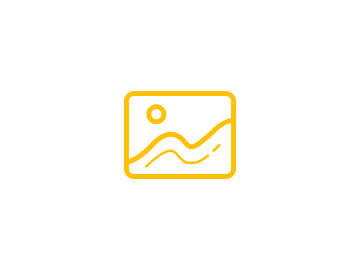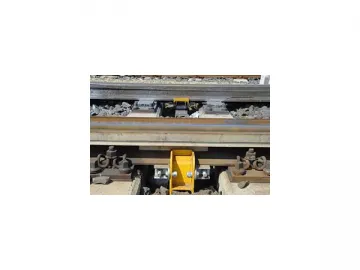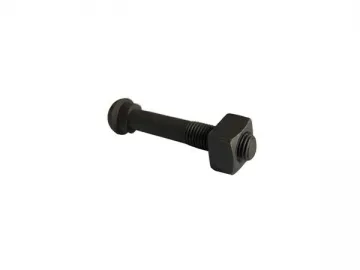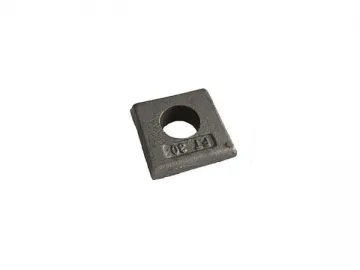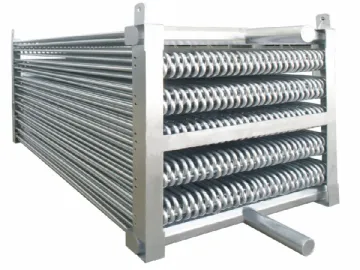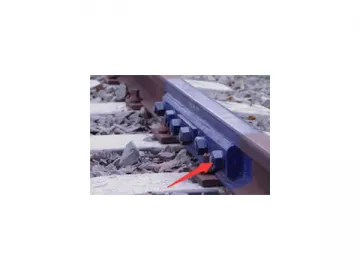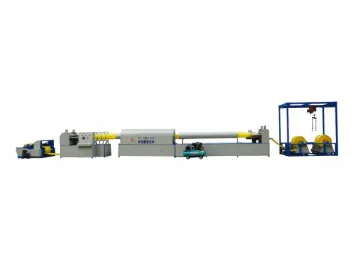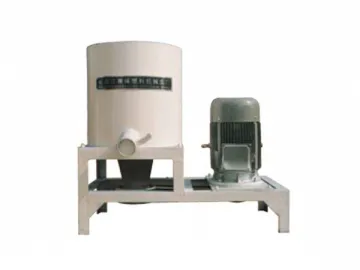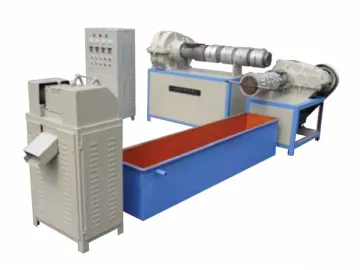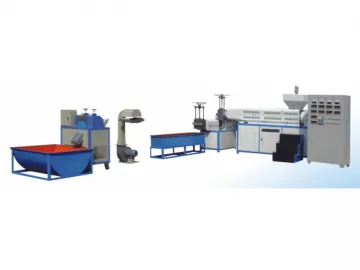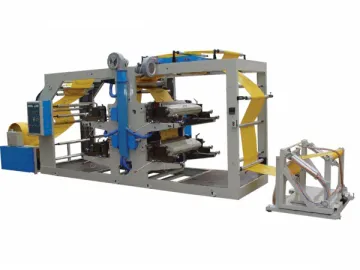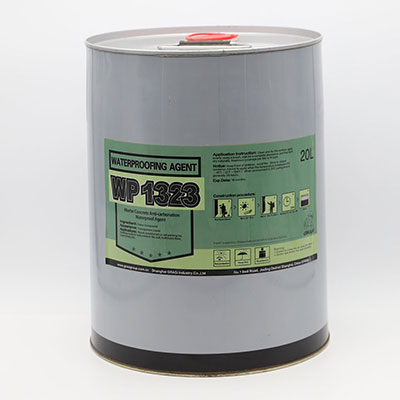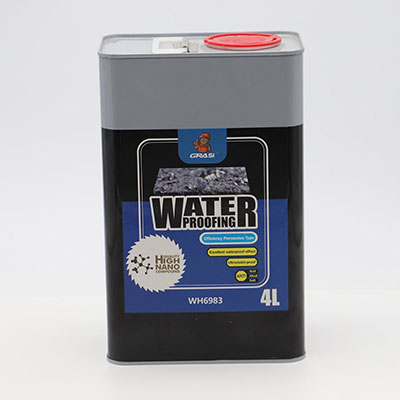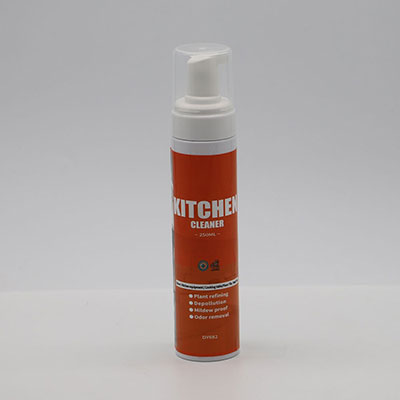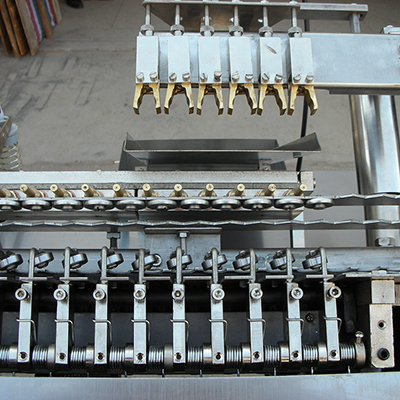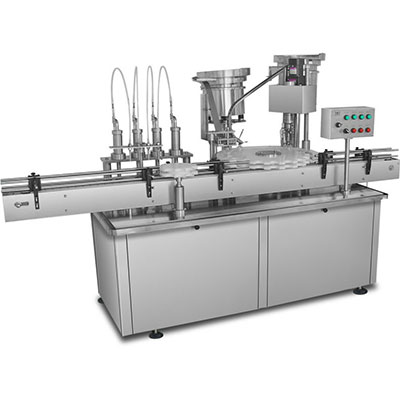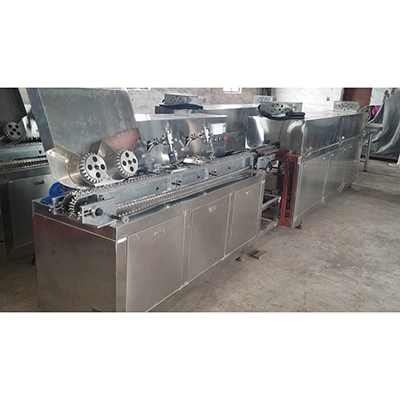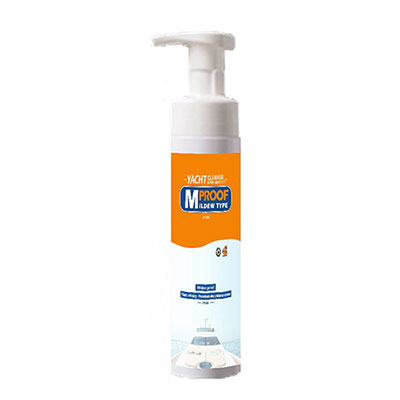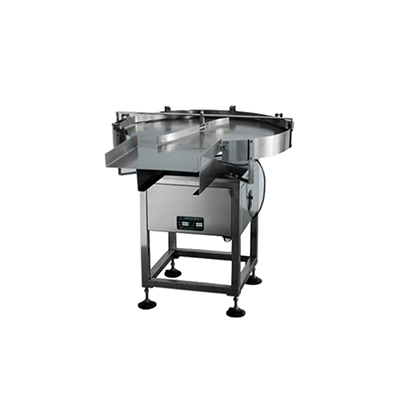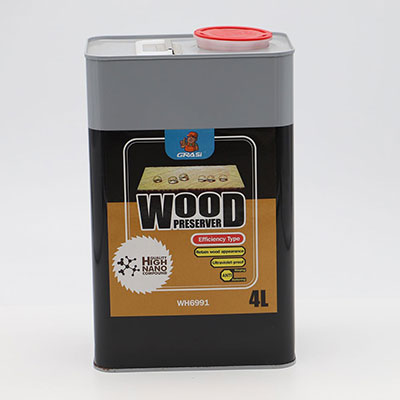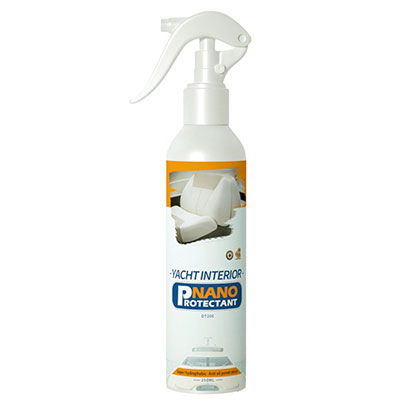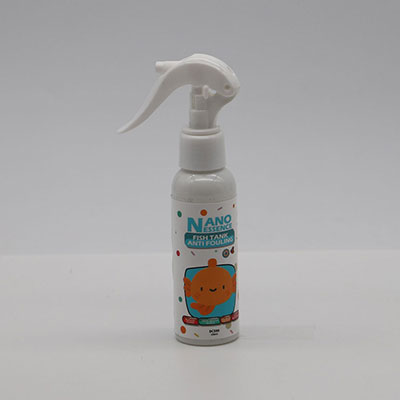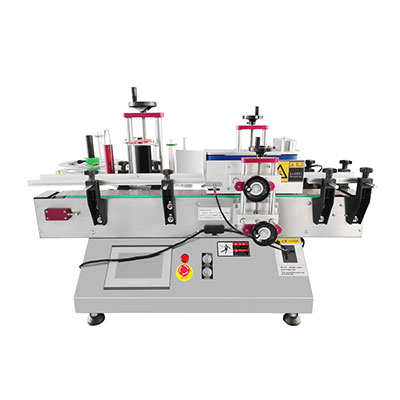Rail Tie Plate
Rail tie plate is also known as base plate or sole plate, used between rails and sleepers to support the rails. It is one of the main parts in railway construction.
Rail tie plate is not only used for support the rails, but also for fasten the whole rail fastening system. It is generally used in conjunction with clip, clip bolt /sleeper screw etc., to bear the loads produced during locomotive's travelling as well as transfer part of the loads to the sleepers. Its surface contacting with the rails is flat and smooth, so as to ensure the distance between the two parallel rails.
Casting, forging and rolling are three common production processes for manufacturing rail tie plate.
Rail tie plate by castingRail tie plate by rolling
Rail tie plate by forging
From the perspective of production process, casting process is widely applied to rail tie plate at home and abroad due to its lowest production cost. The rail tie plates by casting are generally used on UIC60, UIC54, S49, 50kg, 60kg and many other models of rails.
Material:
Cast steel ZG35/ZG45
Cast iron QT500-7/QT450-10
Surface: Plain or sandblasting
Material: ZG35 or ZG45 for casting steel and QT500-7 or QT450-10 for casting iron, the chemical composition and mechanical properties are below:
| Steel No. | Chemical Composition (%) | Mechanical Properties | ||||||
| C | Si | Mn | ≤S | ≤P | Yield Strength | Tensile Strength | Elongation | |
| ≥Mpa | ≥Mpa | ≥% | ||||||
| Casting steel ZG35 | ≤0.40 | ≤0.5 | ≤0.9 | 0.04 | 0.04 | 270 | 500 | 18 |
| Casting steel ZG45 | ≤0.5 | ≤0.6 | ≤0.9 | 0.04 | 0.04 | 270 | 570 | 15 |
| Casting iron QT450-10 | 3.4-3.9 | 2.7-3.0 | 0.2-0.5 | 0.07 | 0.03 | 310 | 450 | 10 |
| Casting iron QT500-7 | 3.6-3.8 | 2.5-2.9 | ≤0.6 | 0.08 | 0.025 | 320 | 500 | 7 |
In recent years, American and Canadian customers have large demands in rail tie plates by rolling. Relying on our mastered professional knowledge in rolling, together with accumulated joint bar rolling experience over the years, our factory attempt to apply rolling process to the production of rail tie plates. Up to now, we have successfully developed rail tie plates with base of 5/1/2" and 6" and width of 11", 14", 14-3 / 4" and 16", widely recognized by customers. Based on this, we have received large amount of orders from America and Canada. At the same time, there are more types under technical discussion and development preparation.
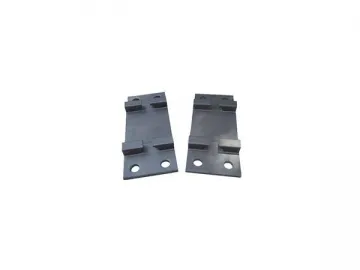
Material: Q235
Surface: Plain
| Name | Application | Size | Material | Weight | Hole |
| Plan 4 #tie plate | 5-1/2 inch rail base width | 7-3/4*11" | Q235 | 5.8 | 7 holes |
| Plan 12# tie plate | 6 inch rail base width | 7-3/4*14" | Q235 | 9.5 | 6 or 8 holes |
| Plan 13# tie plate | 6 inch rail base width | 7-3/4*14-3/4" | Q235 | 10.6 | 6 or 8 holes |
| Plan 21# plate tie | 6 inch rail base width | 7-3/4*16" | Q235 | 11.8 | 6 or 8 holes |
Compared with rolled rail tie plate, the forged rail tie plate has advantages of lower development cost and shorter development period. SUYU's rail tie plates by forging are widely received in American market, with orders from America coming one after the other.
Material: Q235, 45#
Surface: Plain
| Name | Rail type | Size | Material | Hole |
| Tie plate | 100-8 | 7*15-3/16 | Q235 | 6 Round holes |
| Tie plate | 115RE | 7-3.4*15 | Q235 | 4 Round holes 2 Square holes |
| Tie plate | 136RE | 7-3/4*16 | Q235 | 4 Round holes 2 Square holes |
Links:https://www.globefindpro.com/products/47013.html
